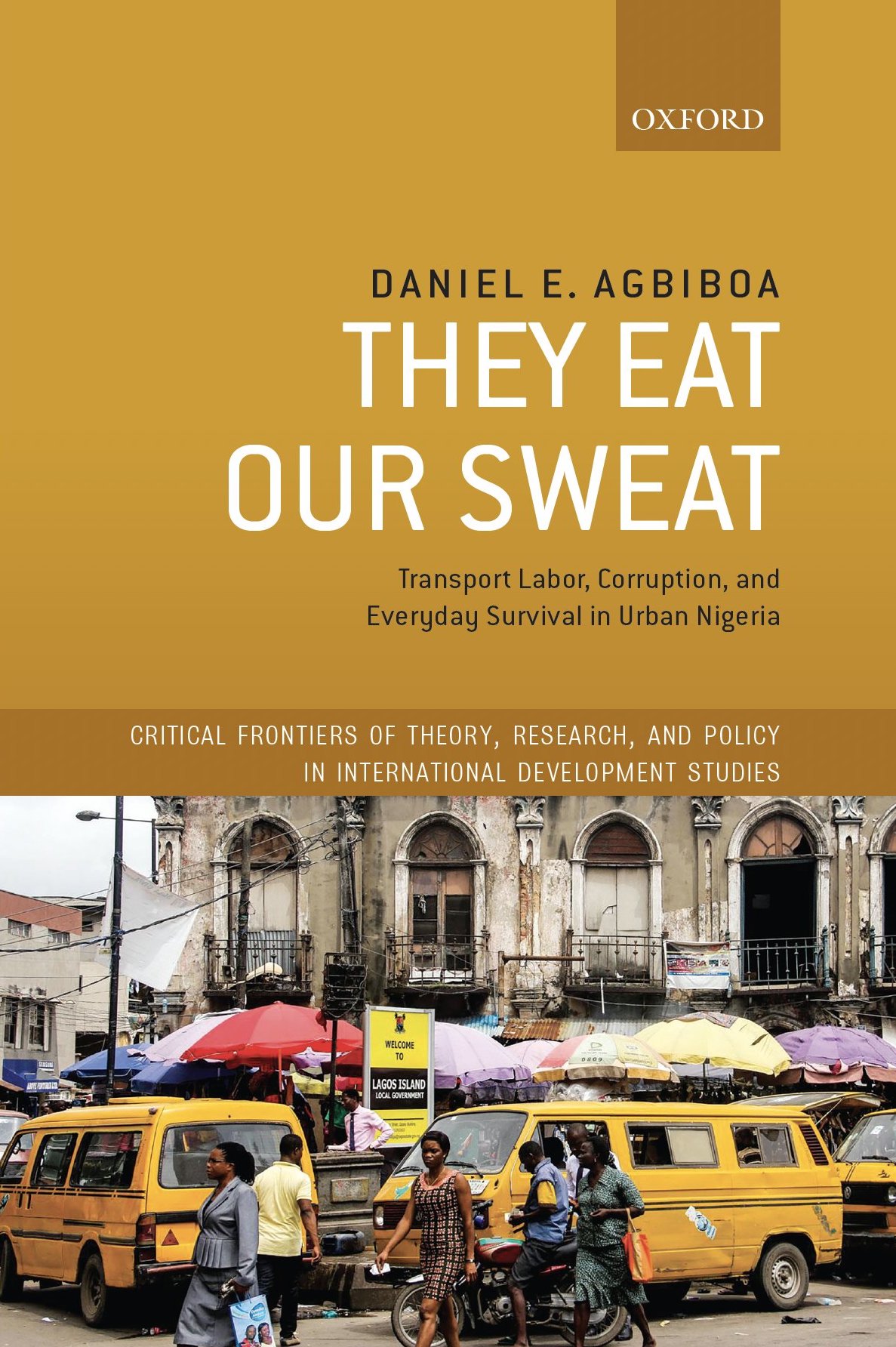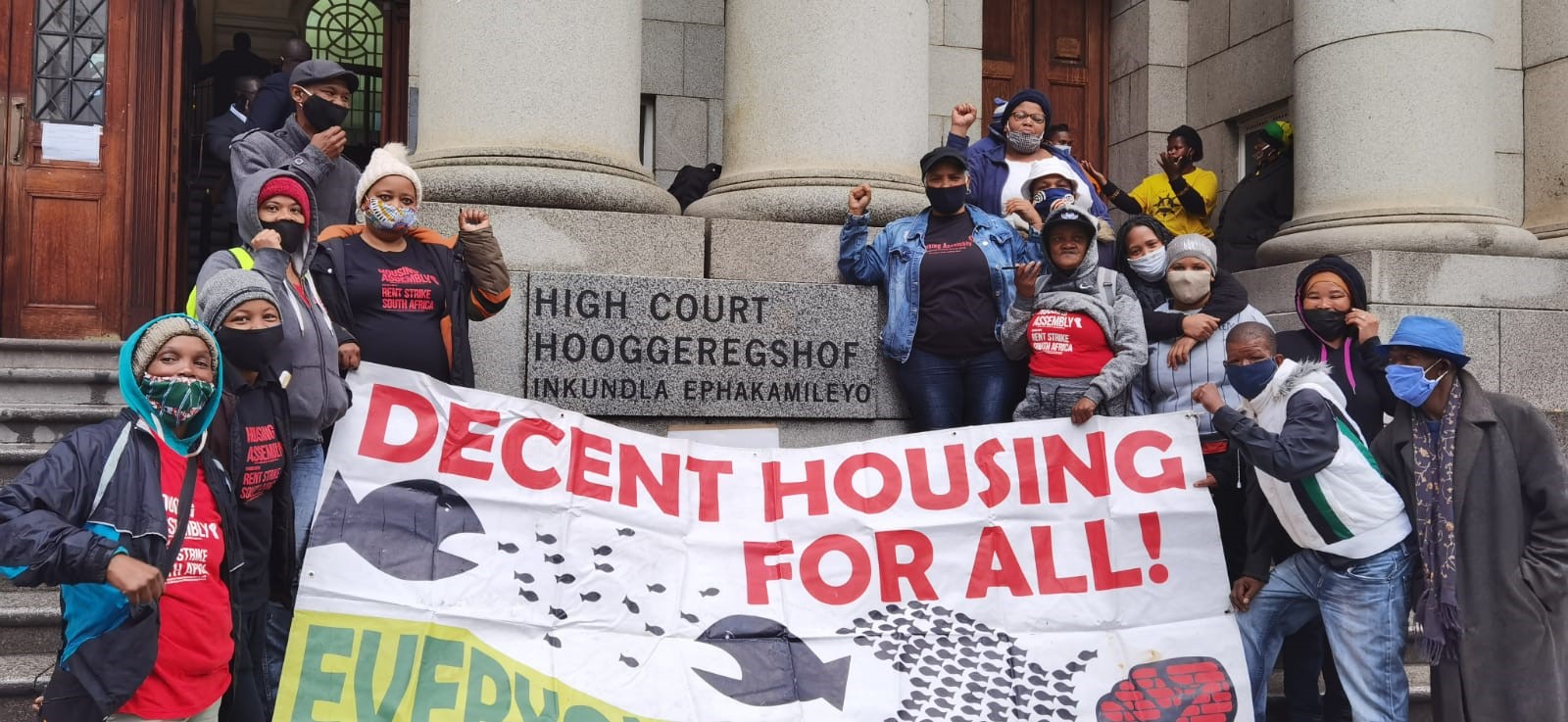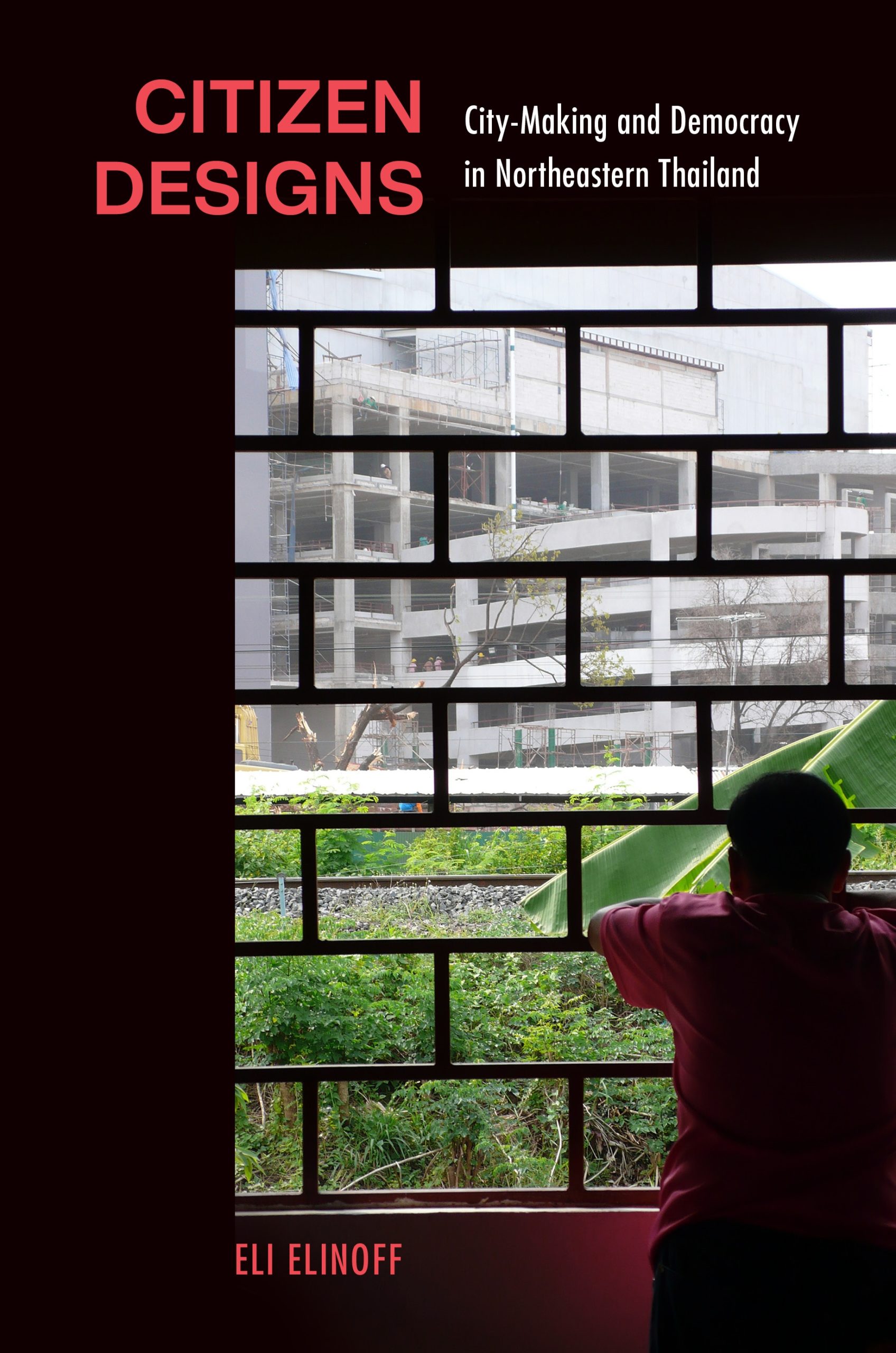See Bruce Braun's most recent contributions to Society & Space: Radical Democracy's ‘Modern Constitution’, A New Urban Dispositif? Governing Life in an Age of Climate Change, and Guest Editorial
See Stephanie Wakefield's most recent contributions to Society & Space: What is a Destituent Power? and Guest Editorial
One of the less examined aspects of the turn to resilient urbanism in New York City has been the leading role taken by its major cultural institutions, from art institutions and large museums to major magazines and newspapers. MoMA’s 2010 ‘Rising Currents’ exhibition (Figure 1) may have been the first to present NYC as a real-time experiment in resilient design (see the article by Bruce Braun), but it was certainly not alone; its vision of the city as an integrated but vulnerable socio-ecological system was quickly reprised elsewhere. At the BMW-Guggenheim ‘Urban Lab’ (Figure 2) – a mobile exhibit/venue based in NYC, Berlin and Mumbai – participants were taken on “ecosystem tours” of wastewater treatment facilities, waterways and landfills and invited to interactive workshops on ‘resilience’ in communities like the Lower East Side. Not to be outdone, participants in the Whitney Independent Study Program ran an “ecosystems” exhibition at sites that included the experimental gallery The Kitchen, the post-industrial eco-renewal site known as the High Line, and other urban metabolic sites like the North River Wastewater Treatment Plant (Figure 3). At each of these sites artists and viewers were invited to experience the urban environment as an “entangled” network in which nature and society could no longer be seen as separate systems. MoMA itself returned to the theme with its 2013 EXPO 1: New York (Figure 4) which imagined a contemporary art museum dedicated to ecological concerns, presenting a series of modules, interventions, solo projects, and group exhibitions including a school, a colony, a cinema, a geodesic dome, a Rain Room, and more.


Equally as striking has been the steady stream of articles and opinion columns in local newspapers devoted to similar themes, even more so after Superstorm Sandy in 2012. From the New York Times to the Daily News, the city once thought unshakable even in the face of terror was now derided as an artifact of an exhausted and imploding humanist era, its outdated, “mid-20th century infrastructure” simultaneously epitomizing an erroneous idea of total mastery and seen as the cause of Sandy’s cascading damage. “We are victims of the post-Enlightenment view that the world functions like a sophisticated machine,” wrote ‘black swan’ pop theorist Nassim Taleb in the Wall Street Journal, “[this is] the costliest mistake that we have made in modern times.” “We have a new reality and old infrastructures and old systems,” Govenor Cuomo intoned in a Daily News op-ed, adding that the city’s electrical utilities seemed like vinyl records in the age of the iPod: “antiquated, 1950s-style institutions that don’t serve our current needs." In “Protecting NYC, Before Next Time,” the Times summed up the new mantra: “the era of big infrastructure is over.”

Again and again the city’s major papers welcomed readers to a new normal, in which they must abandon dreams of total mastery and equilibrium –“the world doesn’t work that way,” wrote resilience pundit Zolli in the Times— and learn instead “to manage in an imbalanced world…in constant disequilibrium.” Rather than sea walls (modernism), the Times invited readers to imagine many of the very same ecological ideas that were on display at MoMA (Figure 5): “picture a fringe of mossy wetlands strapped like a beard to Lower Manhattan’s chin, and you are halfway toward imagining the plan to protect the financial district.” Or, “oysters to the rescue!”: in 2013 alone theTimes printed at least three pieces on oysters-as-infrastructure, each of which intermixed romanticized and rustic close ups of oyster shells, scornful accounts of industrialization’s devastation of NYC’s waterways, and the urgent need to bring back the “tenacious” little bivalves to help absorb the next storm (see here, here, and here). City planning commissions, gallery exhibits and newspapers cited each other with increasing frequency, creating a virtuous circle that worked to reinforce the new urban environmental paradigm. “Forget sustainability,” cried the New York Times, “it’s about resilience.”
As urban theorists and city dwellers, what should we make of these efforts? For the authors of several of the essays in the special issue, “Governing the resilient city” (Society and Space vol 31, 1), resilient urbanism can be read as a new mode of administering urban life, drawing together previously unrelated knowledges, practices and technologies into a network of relation, in an effort to blunt or absorb unexpected future events. From this perspective, the city’s cultural institutions play a key performative role, stitching the elements together and presenting the resulting network as both a coherent totality and an inevitable future.

In this post we wish to develop a somewhat different angle. We agree that there is an important ideological component to these exhibitions, articles and plans: in each, visitors, and readers are invited to understand the present conjuncture in a particular way, and incited to participate as its subjects. But the effects may be more far reaching than simply making palatable new productions of urban space. In their presentation of future risks, and splashy presentations of exciting new adaptive designs and technologies, each exhibit weaves a story about the past, present and future that has significant consequences for how we think about the present and its political possibilities. Or, perhaps more constructively, each exhibit raises key questions about how we understand and respond to the present conjuncture we now almost casually call the ‘Anthropocene’.It is also possible to read these exhibits, programs and articles as they are often read by critics on the left, as the cultural logic of whatever new stage of capitalism we have entered, providing ideological cover for the restructuring of urban space and the new forms of dispossession and exploitation that it requires. In the Gowanus Canal, oysters and gentrification go hand in hand (Figure 6). And it would certainly not be incorrect to see in these efforts a sustained attempt, led by Mayor Bloomberg himself, to position NYC as a global leader in ‘resilient’ design and technology. Urban resilience in NYC may be about preparing for the next catastrophe, but it has been equally about urban innovations that can be harnessed by capital, often as intellectual property, and about exploiting new ‘rent gaps’ as city landscapes and neighborhoods are remade with new environmental and social amenities. When Bloomberg talked about NYC as a ‘living laboratory’ his gaze was as much on investment opportunities as on the many looming socio-ecological crises that urgently required management.
If there is a common theme in these exhibits and programs, it is that of a present order in peril. The language and images are decidedly apocalyptic. Erik Swyngedouw (2010) argues that this sort of apocalypticism is consistent with a ‘post-political’ condition, part of a larger cultural and political apparatus that produces consensus around future risks (climate change, sea-level rise) and faith in technocratic solutions, foreclosing on politics itself. But perhaps equally as important – and not discussed by Swyngedouw and other ‘post-political’ theorists – is that in these exhibits, articles and plans we find that the very nature of apocalypticism has changed.

What do we mean, and why does it matter? In its Greek origins, apocalypse meant to uncover, reveal, or disclose – it was related to knowledge as much as to time, and carried the connotation of lifting a veil that concealed the world as it was. With the rise of Christianity, however, apocalypse began to take on different meanings: the end of days; the final battle between good and evil that once and for all would establish the Kingdom of Heaven on Earth. This shift is a story in itself, but for our purposes what matters is that it ushered in both a special sense of time — unidirectional, irreversible and teleological – in which the present is geared toward the future, and a new sense of space — heaven and earth, in which the former is separated from the latter, and the latter seen as inadequate in itself. The effect was not to ‘disclose’ the world, as with the Greeks, but to ‘derealize’ it – to make it less real than another, heavenly, reality. In this paradigm, the present world becomes the site and time of waiting, rather than something of value in and for itself. “The apocalypse reveals its own aim,” Gilles Deleuze (1998, page 48) wrote, “to disconnect us from the world and from ourselves.” It is precisely this time of waiting that would become the concern of the early Church, whose role was to guide the flock, and within it, each soul, as it prepared for the second coming of Christ.

We argue that this political theology persists today in the concept of resilience, but in a dramatically changed form. Rather than the government of the world in reference to a single end (Armageddon), government today is seen to proceed by reference to endless catastrophes and endless apocalypses, without a final redemption. In the secular spaces of the city’s art museums the last judgment has receded, replaced by the permanent judgment of the present — there is only a future of more crisis and more actions on that crisis. Catastrophe is everywhere and ever-present. Resilience, in turn, presents itself as a project of survival: there is no paradise to come.But there was another dimension to this that bears on our current situation. As found in the writings of Tertullian in the 3rd century, political authority – in this case the Roman Empire – was seen to play the role of managing the earthly world, maintaining order and preventing chaos, and thus, by warding off disorder and catastrophe, postponing the end of days until its appointed time. Carl Schmitt (2003) famously named this power that defers the final end the katechon, which for Schmitt, as for Tertullian, was a good thing.
In this midst of this new dispositif, might it be possible to locate an opening for a new and different politics? To take the new reality announced by New York City’s cultural institutions seriously is perhaps to confront the fact that the catastrophe has already happened, that what we inhabit is not an imperiled civilization – as the post-political language of resilience presumes — but a civilization that is already in ruins. Not only do we face a future haunted by a past that cannot be undone, but with the shift to unconventional hydrocarbons – often far more energy intensive to produce than conventional sources – we are hurtling past every imaginable ‘tipping point’. It is too late to set the clock back, too late to reset natural history to an earlier time. It will move on with or without us. From the perspective of many communities – in polar regions, or in coastal areas – we are already living in a post-apocalyptic condition that is experienced unequally, and where the worst is yet to come. From this perspective, the anxious race to reconnect NYC’s natural surrounds, technical systems and human communities into a resilient system appears not only as a new mode of government or regime of accumulation, but as a desperate attempt to keep the present system on life-support.
Yet, if we’re obsessed with the apocalypse today, watching it play out in theaters and getting prepped to survive it at home, might it be given a different signification – not as a paradoxical effort to make sense of living in a zombie civilization, but the expression of a desire and even some preliminary means to produce a different, future world? Might we be obsessed with the end of the world because we are ready to see its rebirth? Perhaps post-apocalyptic time draws us into what Walter Benjamin (1968) called ‘messianic’ time, a time that ceases to wait, either for the final end of the world or its redemption in some other time and space. Within messianic time there are not two worlds —this inadequate one we’re in, and another one that will one day, someday, replace it— but only the world into which we are thrown, that within which we are called. If the apocalyptic separates us from the world, messianic time returns us to the world, and to a time that Benjamin called Jetztzeit, “now-time,” not another time that is added onto or replaces chronological time, but a qualitatively differentexperience of time that transforms and explodes it from within. From there, the kingdom is neither to come nor already here, but to be made anew from within the world.
Perhaps we can find glimpses of a different, more explicitly political, story in the exhibitions, articles and commissions that flooded NYC immediately preceding and following Hurricane Sandy: that the door to this other experience of time, which has never ceased to be present within eschatology, is that which the Anthropocene has opened for us.
References
Benjamin W (1968) Illuminations. New York: Schocken Books.
Deleuze G (1998) Nietzsche and Saint Paul, Lawrence and John of Patmos. In: Essays Critical and Clinical. DW Smith and MA Greco (trans) London: Verson, p. 48.
Schmitt C (2003) The Nomos of the Earth in the International Law of Jus Publicum Europaeun. GL Ulmen (trans) New York: Telos Press.
Swyngedouw E (2010) Apocalypse forever? Post-political populism and the spectre of climate change. Theory, Culture and Society27(2-3): 213-232.




















